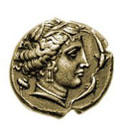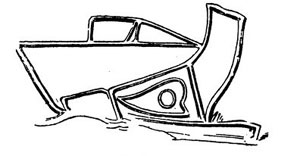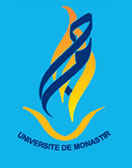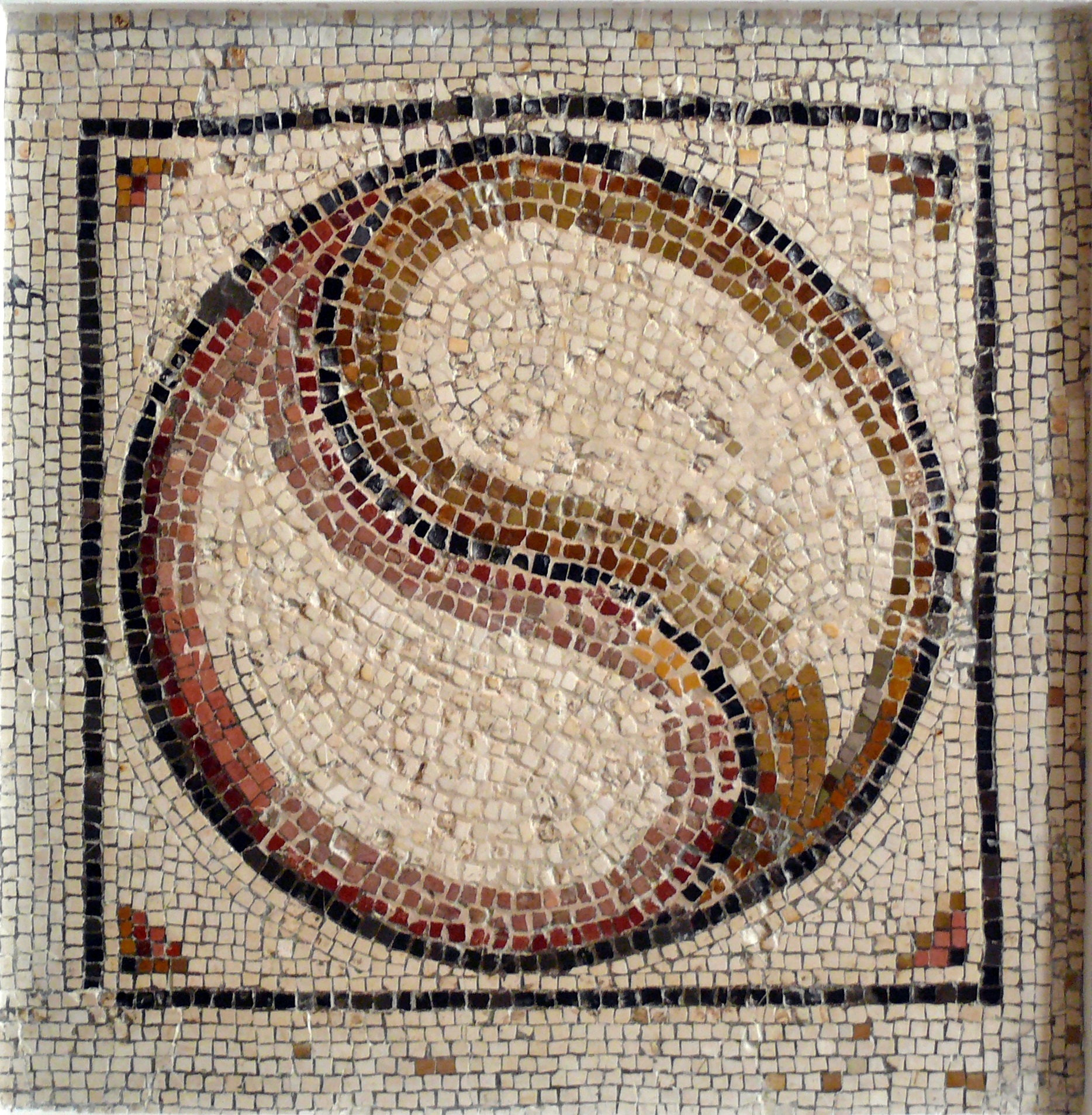







Tunis and Carthage, circa 1574. Scenes from the battle of Goleta between Ottomans and the Spanish troops of Philip II. According to the Spanish novelist, poet and playright Cervantes, who took part in the battles, 75,000 Ottoman Turks, sent by the "Grand Turk" Selim II, and led by Italian-Ottoman Admiral Cigala (Sinan) Pasha, aided by Dutch and French allies, and 400,000 Moors from Africa, wrestled Goleta from 7,000 Spaniards. Ottomans became masters of Tunis and the Barbary coast for the next 400 years (1574-1956). Cervantes laments the fall of Goleta:: "...Among the Christians who were taken in the fort, was one named Don Pedro d'Aguilar, a native of some town in Andalusia, who had been ensign in the guarrison, a good soldier, and a man of excellent parts: in particular he had a happy talent in poetry. I mention this, because his fortune brought him to be slave to the same patron with me, and we served in the same galley, and at the same oar : and before we parted from that port, this cavalier made two sonnets, by way of epitaphs, one upon Goleta, and the other upon the fort. And indeed I have a mind to repeat them, for I have them by heart, and I believe this will rather be entertaining than disagreeble to you." Cervantes, The Life and Exploits of the Ingenious Gentleman, Don Quixote de la Mancha in the translation of Charles Jarvis (1801), p. 211-212. (We would like to thank Dr. Mitia Frumin for allowing us to use some of maps at the Historic Cities collection.)
|



















